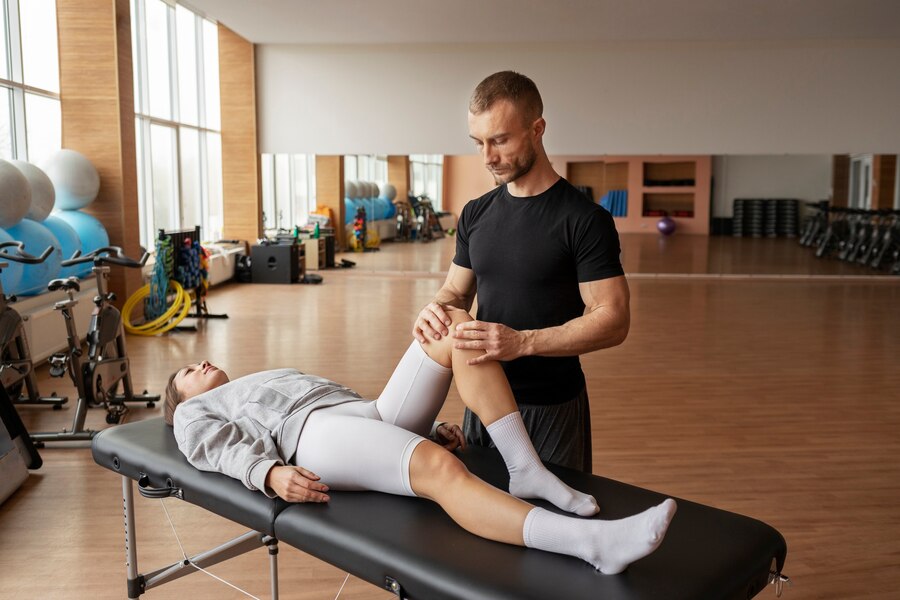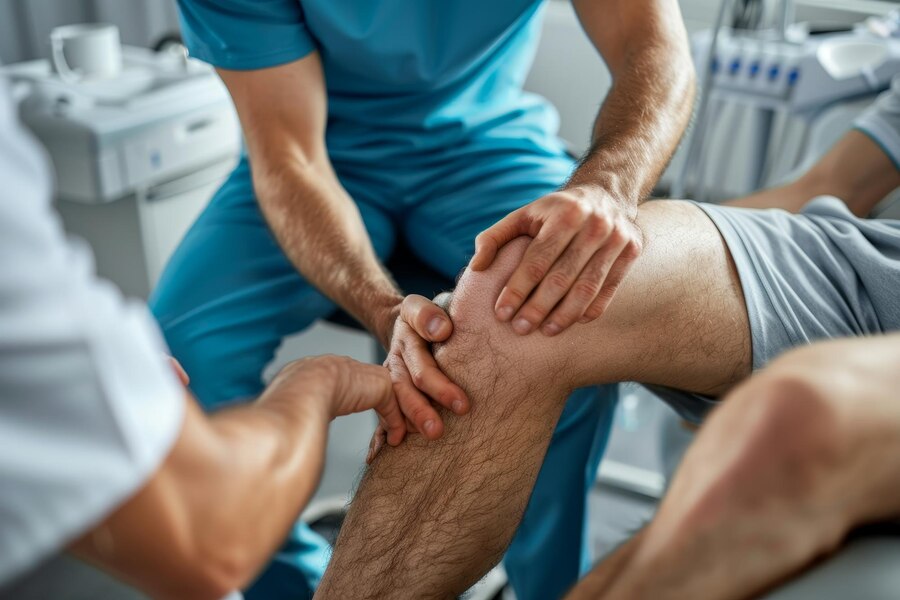

You might conjure images of a tranquil spa when you think of massage, but there’s much more to massage than just relaxation. In rehabilitation, massage isn’t a luxury—it’s a vital component that works with physical therapy to heal the body. Through various techniques, they work together, forming a symbiotic relationship that can significantly enhance your recovery journey.


When you mesh the targeted physical therapy exercises with the tension-easing strokes of massage, you pave the way for a synergistic effect that outshines what each can achieve alone. Physical therapy provides structured rehabilitation that rebuilds your strength and flexibility, while massage offers a healing touch that kneads away stress and muscle tightness. Together, these therapies support and amplify each other, enabling a more holistic approach to recovery that cares for both the body’s framework and its intricate weave of muscles and soft tissues.
“After a severe lower back injury from lifting heavy equipment, my physical therapist recommended adding massage therapy to my rehabilitation plan. At first, I was skeptical, but I decided to give it a try. The combination of physical therapy and massage made a world of difference.
Massage therapy often hastens your journey back to health by complementing the reparative process initiated by physical therapy. The gentle yet purposeful manipulation of soft tissue boosts circulation, directing more oxygen and nutrients to the injured area. This can speed up healing by reducing swelling and breaking down scar tissue. Additionally, massage stimulates the nervous system, which can mitigate pain and decrease recovery time, allowing you to return to your everyday activities swiftly and efficiently.
Imagine a therapy that not only mellows out your mind but also helps untangle the knots of discomfort in your body. That’s the power of massage beyond its well-known relaxation benefits. By targeting specific areas of pain, massage can serve as a natural painkiller, encouraging the release of endorphins and easing the aches without needing medication. It’s not just about feeling good temporarily – massage can improve flexibility and range of motion by relieving muscle tension and reducing restrictions caused by scar tissue. This combo of pain relief and enhanced mobility is a cornerstone for anyone’s recovery, helping patients to move better and hurt less.
Clinics worldwide utilize a variety of massage modalities to aid in patients’ recovery. Swedish massage is often the go-to choice, incorporating long, flowing strokes to soothe soft tissue and joint mobilization. The goal? It is to relax those muscles and refresh your mental state. Think of it as a reset button for your body’s stress levels.
Deep tissue massage, on the other hand, dives deeper into the muscle layers, applying firm pressure to tackle those stubborn “trouble spots.” It’s not just about brute force; a skilful therapist uses it to gently but firmly iron out the kinks, encouraging healing in tissues often overlooked during surface-level massages.
Sports massage can be customized for athletes and non-athletes, focusing on the muscle groups that most need attention for your particular activity level. This specialized form of massage is designed to enhance performance, facilitate recovery, and prevent injuries, whether you’re a weekend warrior or a pro athlete.
Lastly, chair massage is a quick-fix option that brings massage therapy to the office or public event. It’s a convenient way to relieve stress and care for muscles without needing a dedicated treatment space or much time.
When integrating massage with physical therapy, timing isn’t just a tick on your calendar — it’s a strategic component of your recovery. You want to ensure you’re getting the maximum benefit from both treatments. Discussing your healthcare provider will illuminate the best timing for your situation.
Generally, a massage before physical therapy can soften and prepare your muscles and joints for more active rehabilitative exercises. It sets the stage for a more accessible and less painful therapy session.
Conversely, scheduling a massage after physical therapy can help calm any inflammation that may have flared up during your workouts. It can also address any new tightness, assisting muscles in recovering from the session’s exertion. The key is to consider the nature of your condition and recovery goals — your therapist can factor in this information when recommending the sequence of massage and physical therapy sessions.
Your journey to recovery is as unique as you are, and tailoring the blend of massage and physical therapy to your specific needs is crucial for optimal results. Perhaps you’re an athlete with a repetitive strain injury or someone recovering from surgery — the personalized approach remains paramount.
Your therapist will craft a treatment plan by holistically examining your health, history, and condition. Using a combination of direct hands-on techniques and guided stretches and exercises, your plan might change as you progress, adapting to your body’s evolving requirements.
It’s a dialogue, not a monologue. You’ll be encouraged to provide feedback about what works and what doesn’t, ensuring your therapy is as effective as possible. With a personalized treatment path, you’re not following a one-size-fits-all program — instead, you are on a genuinely tailored path that aims for a complete and efficient recovery.
References:
Maximizing Muscle Recovery in Athletes: The Benefits of Massage Therapy. https://unionhealthandperformance.com/maximizing-muscle-recovery-in-athletes-the-benefits-of-massage-therapy/
The current landscape of football showcases the dominance of top teams around the world, with…
Unleashing the Padel Prodigy Within You Essential Gear to Kickstart Your Padel Journey Embarking on…
The greatest basketball players are celebrated for their exceptional skills, leadership, and impact on the…
Reformer Pilates offers numerous benefits during pregnancy, including strengthening the pelvic floor, improving flexibility, and…
Basketball court dimensions significantly impact the game’s pace and strategy. NBA courts measure 94 feet…
This guide explores the complexities of gym age requirements, addressing the benefits and challenges of…